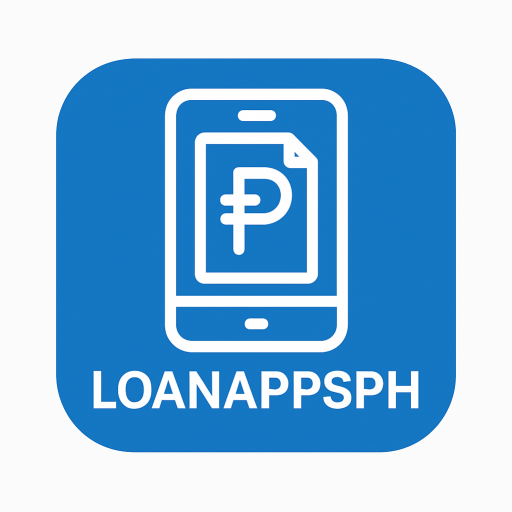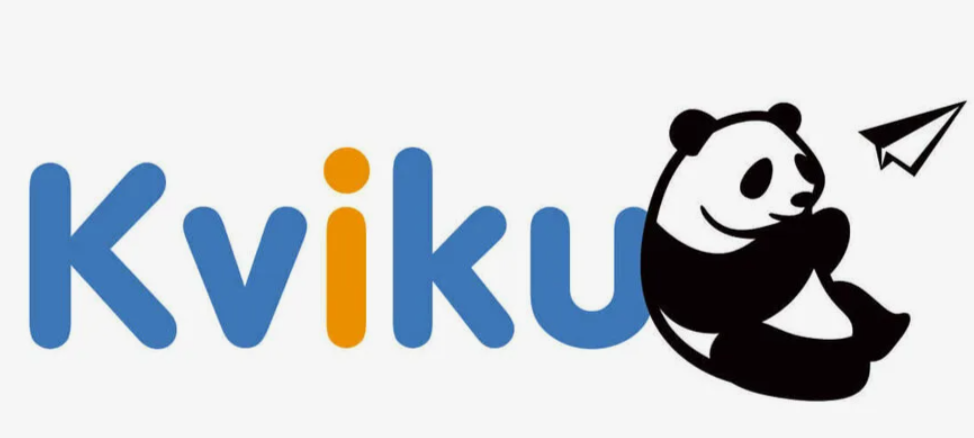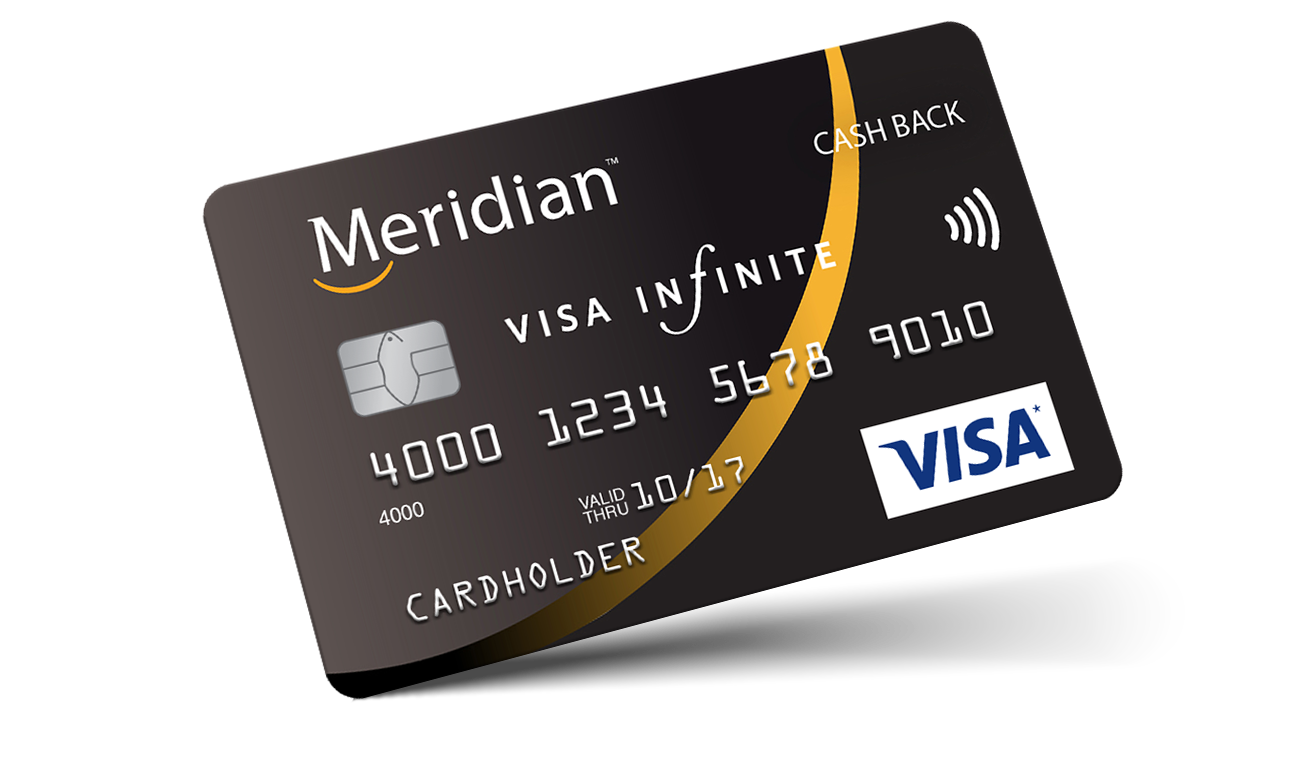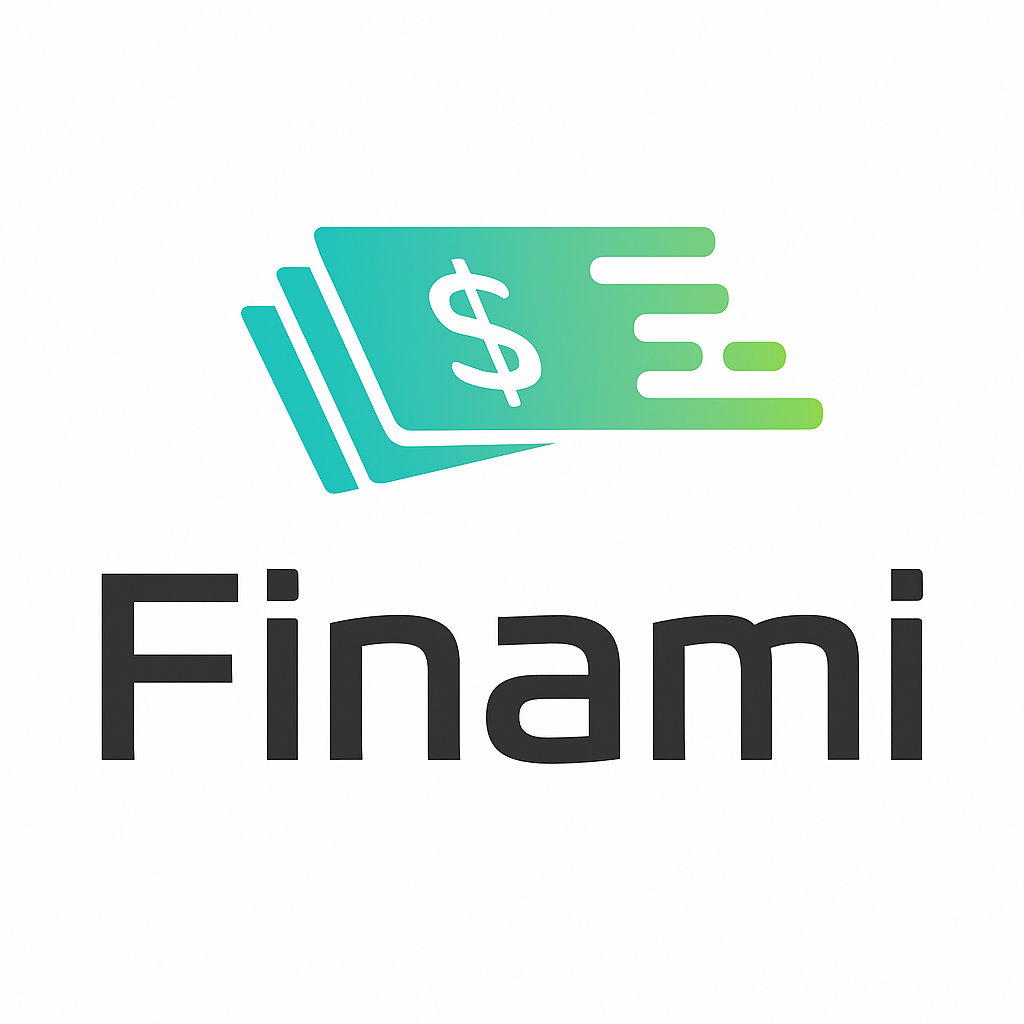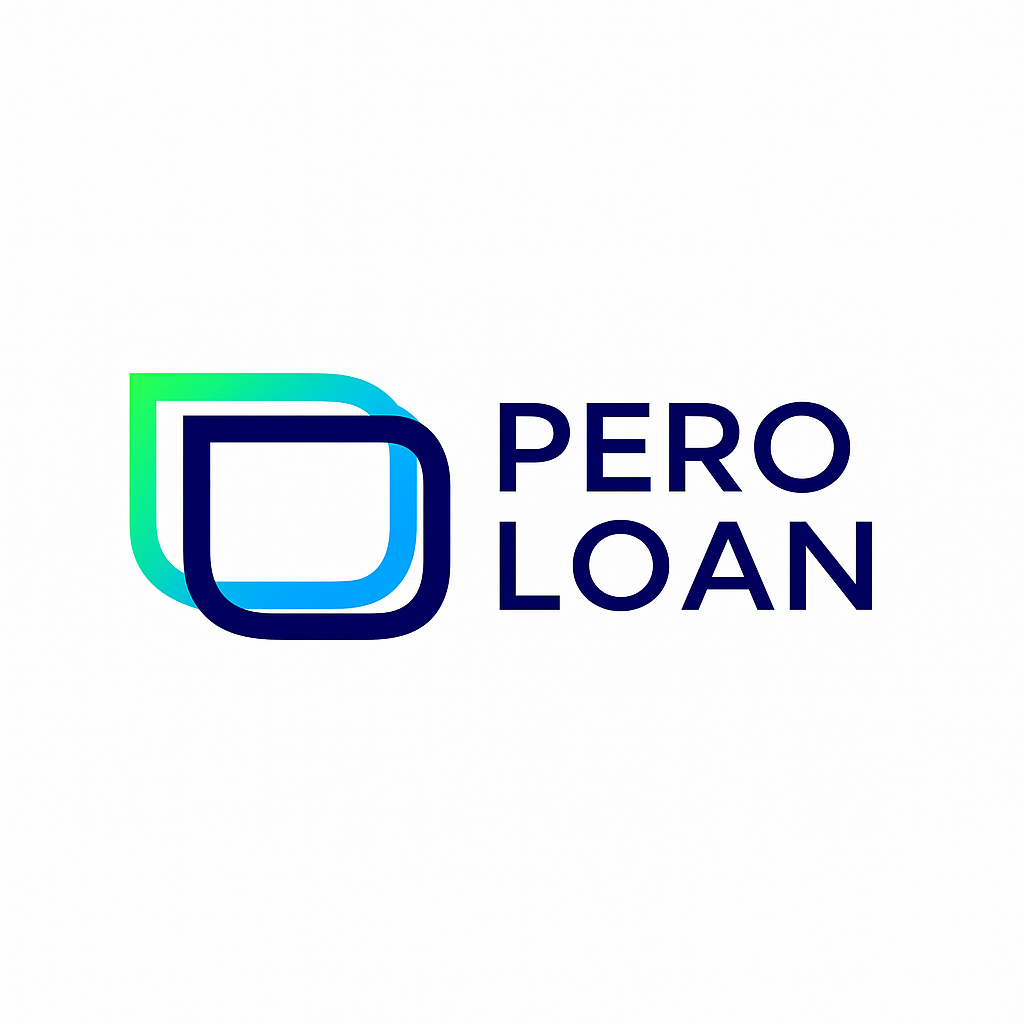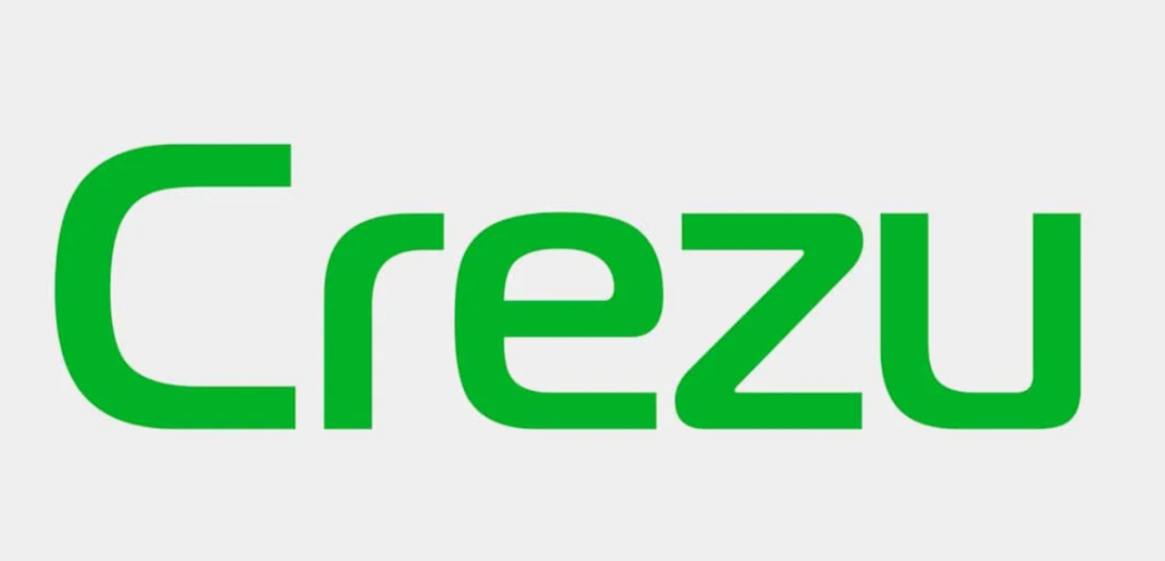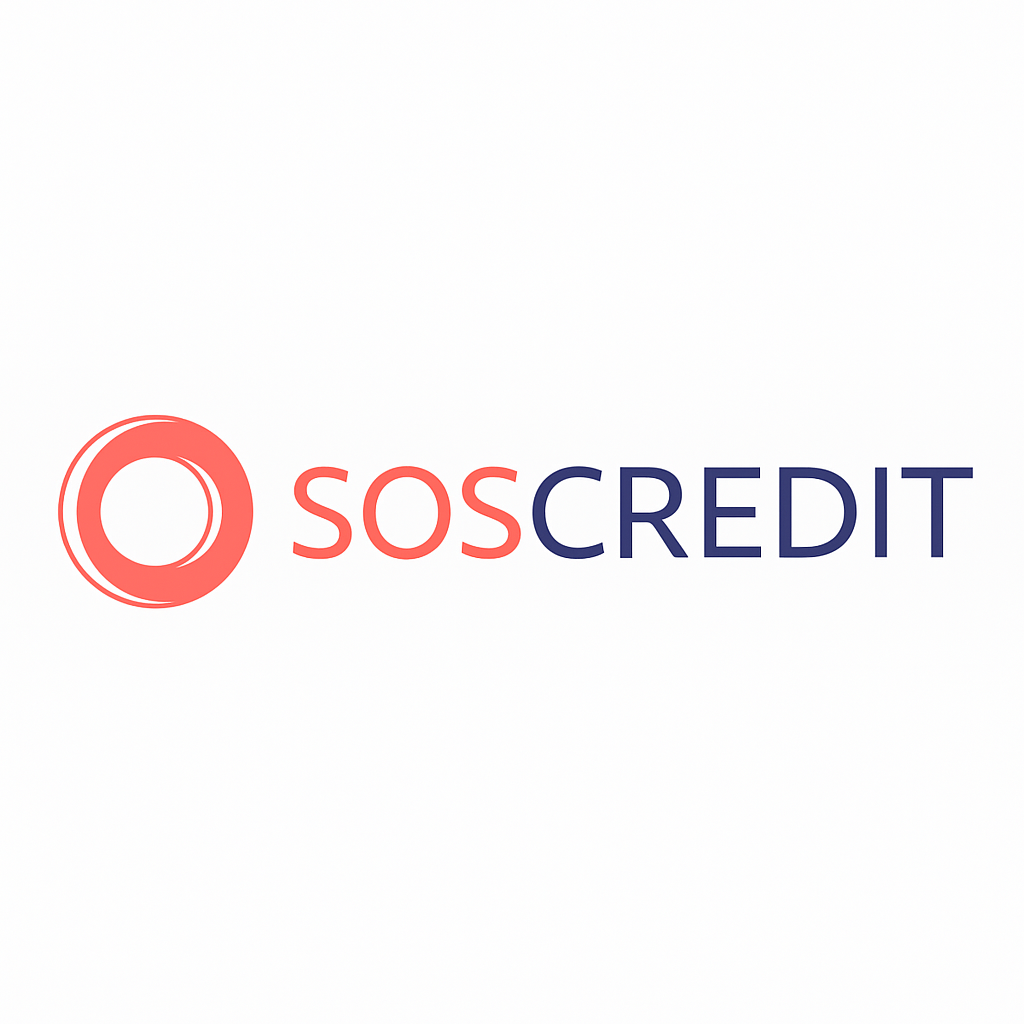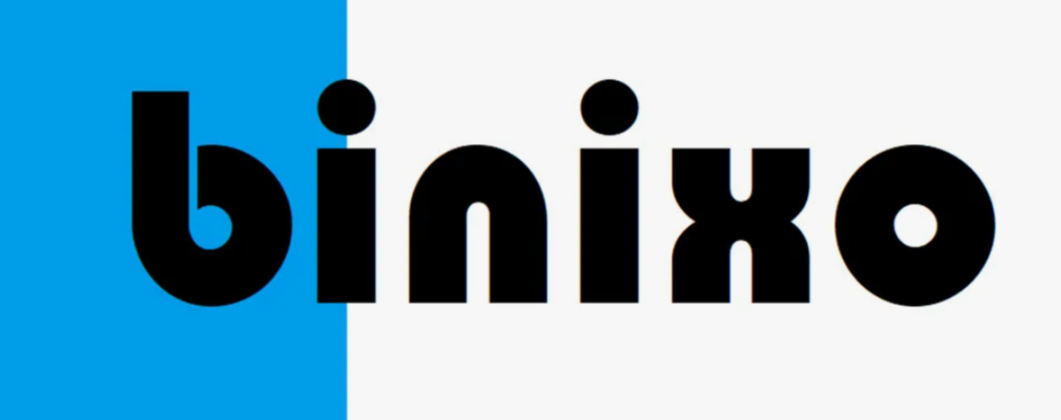Microfinance in the Philippines: Empowering Small Businesses in 2025
Trusted Loan Apps
Microfinance has become a powerful tool for economic empowerment across the Philippines, especially for small entrepreneurs and underserved communities. By providing accessible financial services such as microloans, savings, and insurance, microfinance institutions (MFIs) help uplift local economies and improve livelihoods. This article explores the state of microfinance in the Philippines in 2025, its impact on small businesses, and the prospects for the future.
What is Microfinance?
Microfinance refers to financial services tailored to low-income individuals and micro-entrepreneurs who lack access to traditional banking. It includes small loans (microloans), savings accounts, insurance, and other financial products designed to meet the unique needs of this segment.
Role of Microfinance Institutions (MFIs)
MFIs are specialized organizations that provide microfinance services. In the Philippines, MFIs vary from cooperatives, NGOs, to specialized microfinance banks. They operate under regulatory oversight from the Bangko Sentral ng Pilipinas (BSP) and other government bodies.
Key roles include:
- Providing Microloans: Small loans to start or expand businesses, typically ranging from ₱5,000 to ₱50,000.
- Financial Education: Teaching clients about budgeting, saving, and credit management.
- Encouraging Savings: Promoting financial discipline through savings products.
- Facilitating Insurance: Offering microinsurance products to protect against risks.
Major Players and Programs
Some notable MFIs and programs include:
- ASA Philippines Foundation: One of the largest microfinance NGOs.
- CARD MRI: Offers a wide range of microfinance products.
- TSPI: Known for its group lending model.
- SMFI (Small Business Microfinance Initiative): Government-supported schemes.
- Digital Microfinance Platforms: Growing number of fintech players entering microfinance.
How to Get a Microloan in the Philippines
Getting a microloan usually involves:
- Joining an MFI as a member or client.
- Providing basic identification and proof of business or income.
- Participating in group lending schemes or individual loan applications.
- Undergoing financial literacy sessions.
- Receiving loans often without collateral but with peer-group guarantees.
Impact on the Economy
Microfinance has contributed significantly to poverty reduction and job creation in the Philippines by:
- Supporting micro and small enterprises.
- Encouraging entrepreneurship in rural and urban poor areas.
- Increasing financial inclusion and literacy.
- Enhancing resilience against economic shocks.
Success Stories
Many small business owners have transformed their lives through microfinance loans—expanding sari-sari stores, starting agricultural ventures, or launching local manufacturing.
Future Prospects and Government Support
The government and BSP continue to promote microfinance through policies and funding to expand outreach. Digitalization is expected to improve efficiency and accessibility, enabling more Filipinos to benefit from microfinance.
Conclusion
Microfinance remains a cornerstone in the Philippines’ strategy to empower small businesses and foster inclusive growth. With ongoing innovation and support, the sector is set to play an even greater role in 2025 and beyond.
